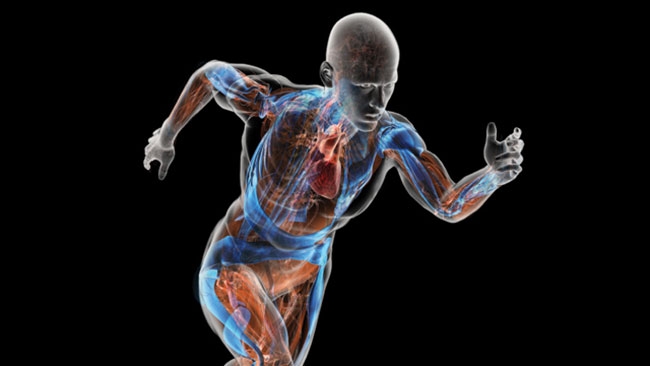
Tools of the Trade: Firefighter wellness is key to injury prevention
By Sean Kingswell
Features Health and Wellness Wellness annex canadian firefighter wellnessFor firefighters, fitness and well-being is one of our top priorities. There are many reasons why a firefighter should take care of his or her well-being, including performance, survival, customer service and more. That being said, a top motivator should be injury prevention.
 For firefighters
For firefightersInjury prevention means curbing harm, both physically and mentally. Prevention is a concept that should be very familiar to firefighters. Prevention is an important partner to suppression; preventing a fire is always smarter and safer than fighting it. The same goes for injury and disease. When it comes to fire or injury prevention, it is important to stress the dos and don’ts to help guide firefighters. For example, prevention officers teach the public what to do (install smoke alarms) and what not to do (leave cooking unattended). Simply hoping for the best would be a ridiculous fire prevention plan. But hoping for the best is a common approach to injury prevention. Firefighters should take a proactive approach because a reactive approach means you are already hurt.
The reality is that a fit body is less likely to be injured. Good body composition protects joints, improves mobility and prevents the heart from having to work too hard. Improving the strength and endurance of muscles while working on flexibility puts firefighters at a lower risk of injury. Stretching can be a great injury prevention tool, allowing for better range of motion and recovery. The secondary components of fitness are just as crucial. Good balance, agility, co-ordination and reaction time all have safety-related benefits.
As with any element of wellness, our lifestyles also affect the ability to prevent injury. The ways we take care of the inside of our bodies have a direct correlation with our risk to certain injuries or illnesses. For example, a poor diet has been linked to obesity, diabetes, and even some types of cancer. Whether it’s quitting smoking, adopting good sleep habits or a balanced diet, these and other lifestyle choices are relevant to prevention. Incorporating stress-reduction techniques like exercise and meditation into your routine can help prevent the build up of stress, leading to mental injury. Personal stress is often tied to our work stress and vice-versa. Although post-traumatic stress disorder (PTSD) is on one end of the critical incident stress continuum, we can all have critical incident stress that needs to be managed anywhere along that same continuum.
One of the most important factors for a current injury is a previous injury or history of illness. That means that if you have injured an area in the past, you may want to pay special attention to that area in the present. Injuries can plague you for years and affect day-to-day choices in and out of the fire hall. When circumstances in our personal lives arise that may be of particular danger (whether that is based on physical fitness, age or skill) firefighters may want to assess the risks and potentially opt out. It is a good idea to have personal situational awareness. I’m not trying to tell you how to live your life, but the consequences of an injury for a firefighter are very different than with most occupations. We should pay attention to using good mechanics when we are lifting or working at all times, including on a call. The perceived risk in a situation often defines how seriously we consider biomechanics. For example, if you were picking up a pencil from the ground you would certainly be less concerned with mechanics then picking up a couch. That being said, when firefighters are tired at a call after working hard while wearing heavy PPE, their risk of injury may increase. Proper mechanics become more important as crews get fatigued, even with smaller loads. Some common causes of injury at a fire scene are frustration, complacency, fatigue and distraction.
In terms of action steps, firefighters must first develop an awareness of their bodies, understanding where they might be susceptible based on circumstances, history, genetics and symptoms (pain). Like touching a hot stove, pain is how our bodies tell us something needs to change.
Firefighters need to focus on their mental health, taking time to de-stress when they need it. Physically, choose a well-rounded approach that strengthens your heart, muscles, connective tissue, bones and joints. Finally, condition yourself to adopt proper body mechanics using the 10 fundamental firefighter movements.
10 fundamental firefighter movements
- Push
- Pull
- Carry – moving something to a new location
- Hoist – i.e. rope raising
- Drag – pulling something from the ground
- Swing – i.e. with a an axe or other tool
- Lift
- Climb – i.e. climbing stairs, ladders or trucks
- Crawl
- Static – i.e. wearing SCBA
Sean Kingswell is an experienced career firefighter, personal trainer, fitness coach and the creator of the FIRESAFECADETS program. firesafecadets@gmail.com twitter@firesafecadets
Print this page
Advertisement
- Oakville Fire uses new software to maximize home safety surveys
- Front Seat: Leave valuable lessons for young firefighters